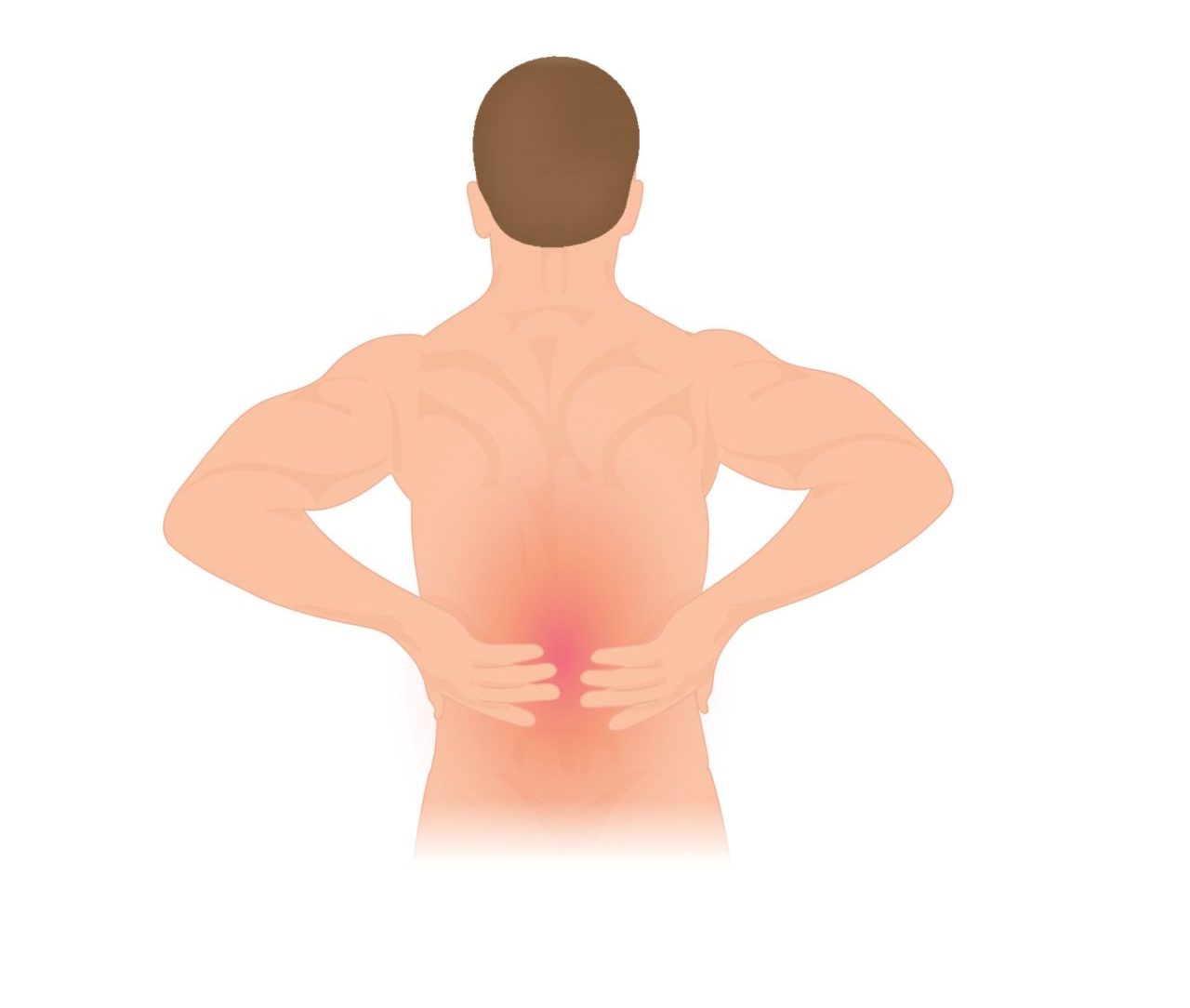A lumbar sprain is an injury to one of the soft tissues in the lower back. When these tissues are overstretched or overloaded it can cause pain and inflammation in the lower back.
There are several common causes of lumbar sprains. One of the most common is during a lifting manoeuvre. Other causes include falls, car accidents, sports injuries or twisting awkwardly.
Symptoms of a lumbar sprain include lower back pain, stiffness, and difficulty in moving. In some cases, there may also be swelling, bruising, or tenderness in the affected area.
Treatment for a lumbar sprain typically involves a combination of activity modification, physiotherapy, and rehabilitation exercises. Resting the affected area helps to reduce inflammation and allow the damaged tissues to heal. Applying heat or ice to the area can also help to reduce pain and swelling. Physiotherapy and rehabilitation exercises strengthen the muscles in the back and improve flexibility and movement control, which can help to prevent future injuries.
There are often home strategies that can be used to help reduce the symptoms of a lumbar sprain. Some examples are:
Stretching exercises: Gentle stretching can help to improve flexibility and reduce stiffness in the lower back.
Strengthening exercises: Strengthening exercises, such as core exercises and exercises that target the back muscles, can help to improve the stability of the lower back and reduce the risk of future injuries.
Good posture: Maintaining good posture can help to reduce the strain on the lower back and reduce the risk of injury. Using back support when sitting will often help maintain good posture.
Hot and cold therapy: Applying heat or cold to the affected area can help to reduce pain and inflammation.
Medications: Over the counter medications such as ibuprofen can help to manage pain and inflammation.
Appyling the 5 stages of rehabilitation to a lumbar sprain:
Pain – Lumbar sprains often respond well to physiotherapy treatment. We commonly see a significant reduction in symptoms in the first 2 weeks of management. Thereafter, management will focus on restoring full function and identifying the underlying cause of the sprain.
Range of Motion – Following a lumbar sprain the affected area will typically become stiff. Restoring full range of motion allows for a return to full function. It is common for a lumbar segment to be overloaded and then become sprained due to stiffness nearby. It is important to check the spine, pelvis and hip for other areas of stiffness to ensure future overloading and sprains are prevented.
Motor Control – learning to control where movement occurs and where force is distributed, will help prevent overloading vulnerable tissues and allow healing to occur in an optimal environment. Gaining good motor and postural control will allow effective strengthening.
Strength – Following a lumbar sprain there is typically a loss of strength through the back support muscles. In many cases reduced strength through the back, hips and core may have led to, or contributed to, the lumbar sprain occurring. Strength training builds tissue capacity and the ability to tolerate much higher load/demand resulting in a significantly more resilient lumbar spine.
Maintain – Lumbar sprains have quite a high recurrence rate, with many people experiencing re-injury within 1 year. Maintaining movement, strength and flexibility gains allows the back to remain strong and injury free.
For some more general information on back pain and sprains see : https://www.betterhealth.vic.gov.au/health/conditionsandtreatments/Back-pain


